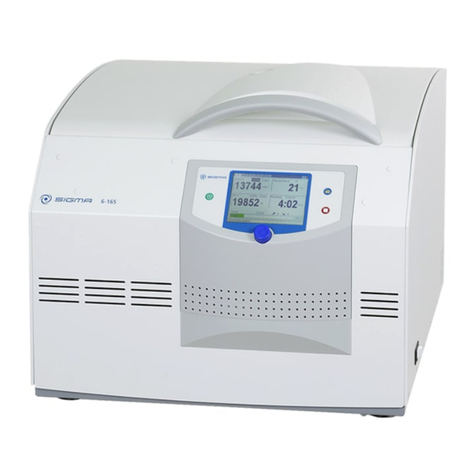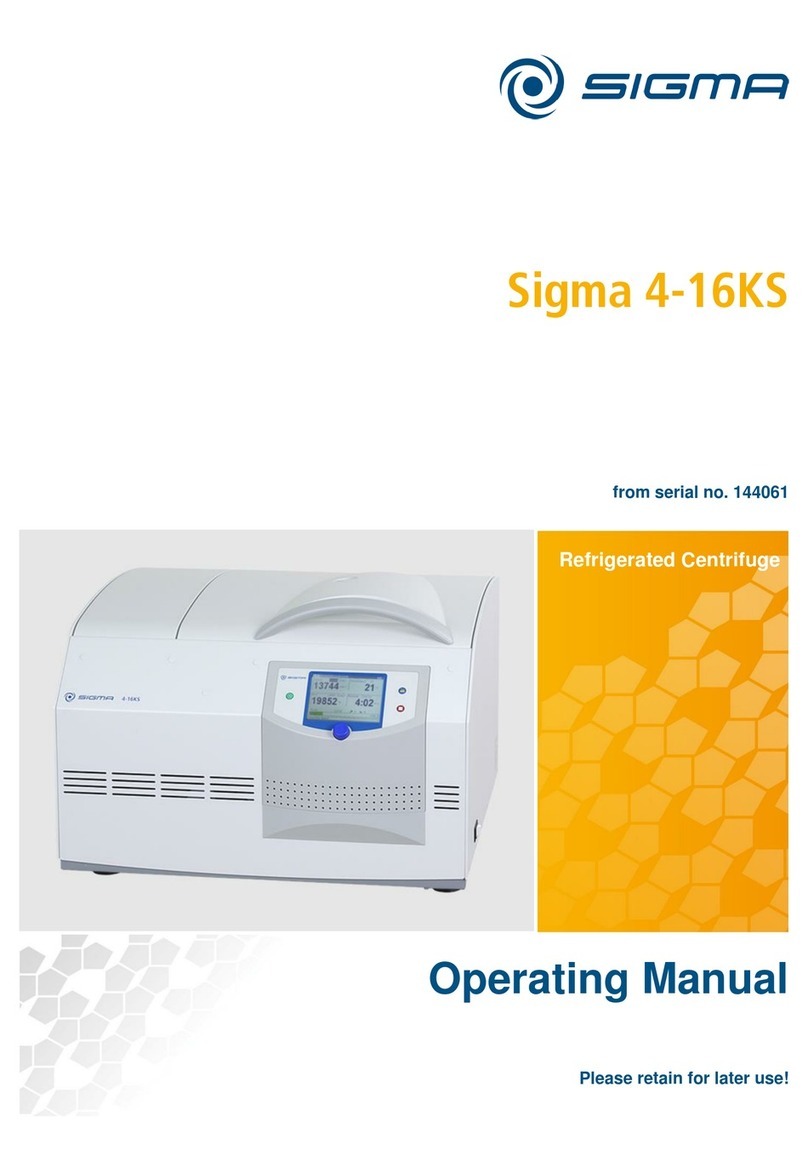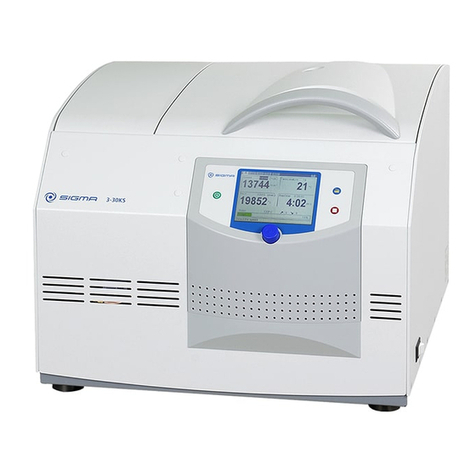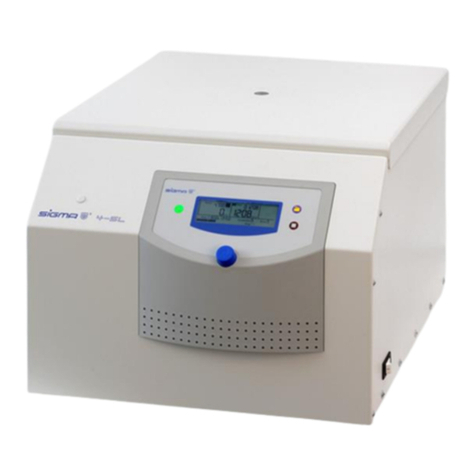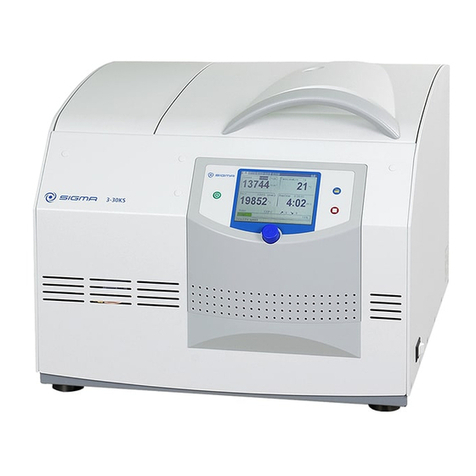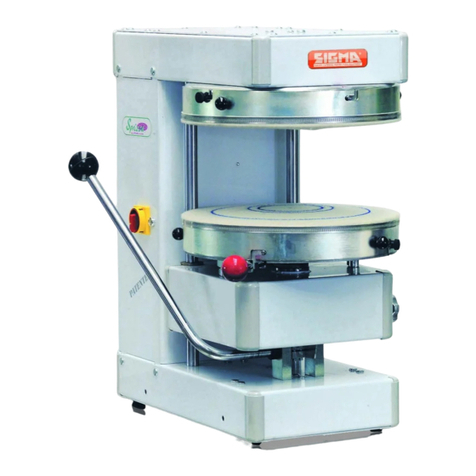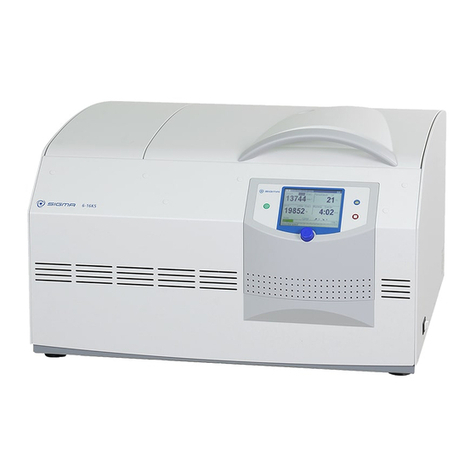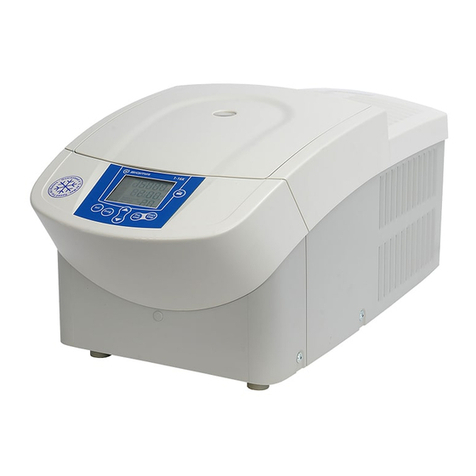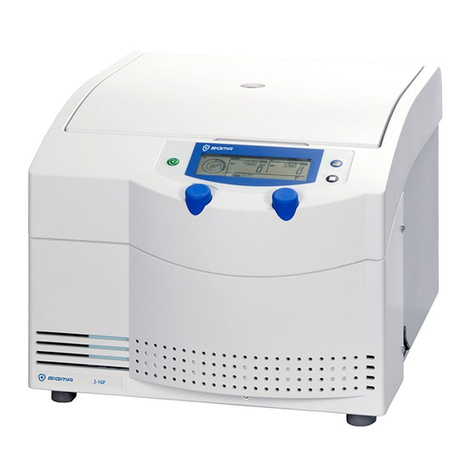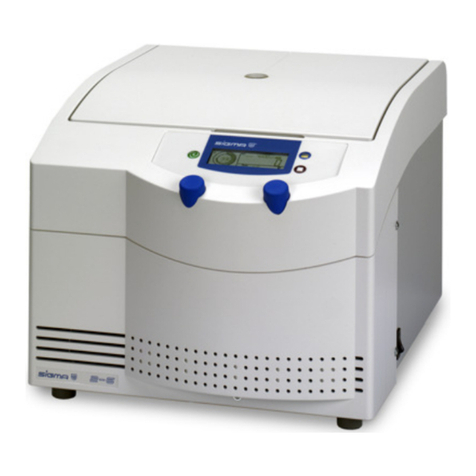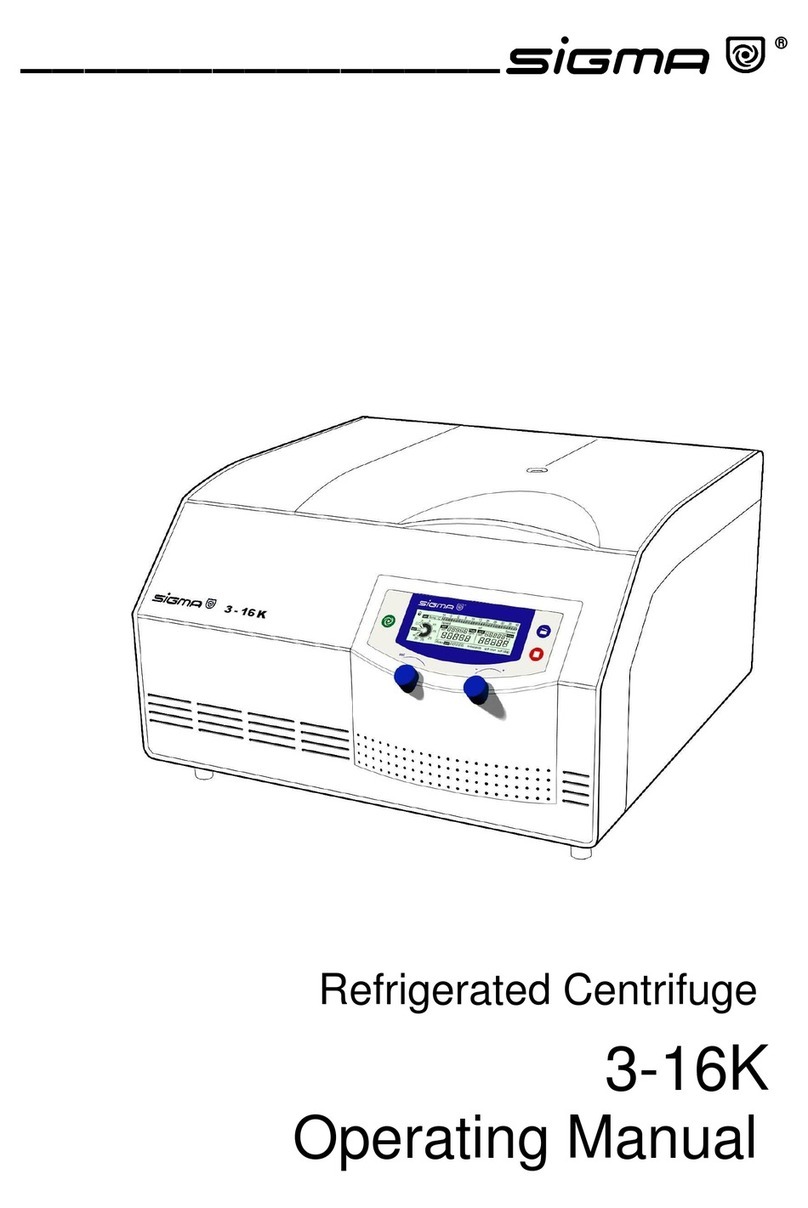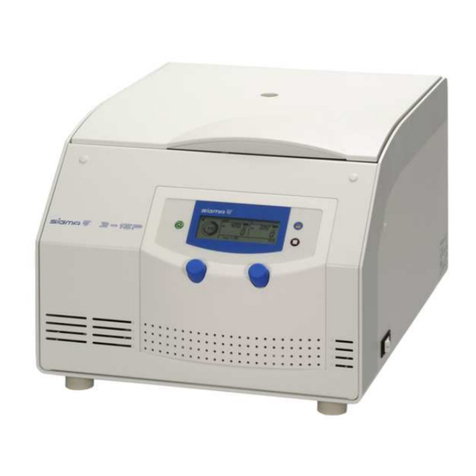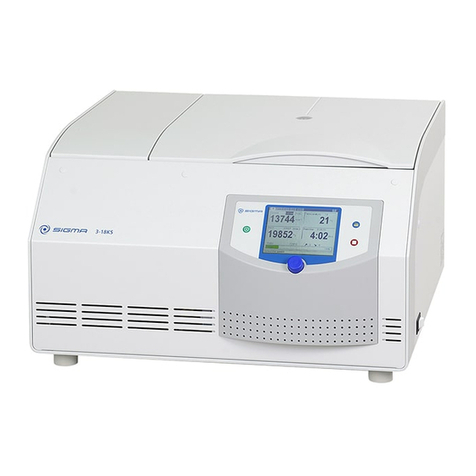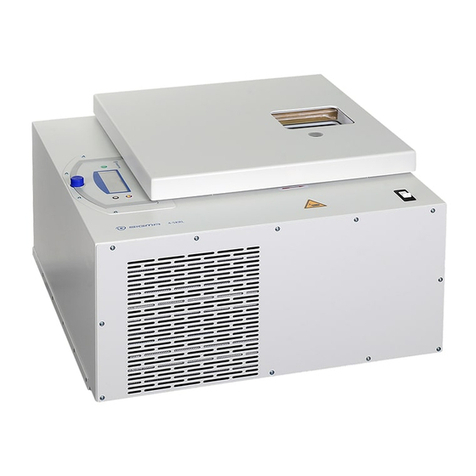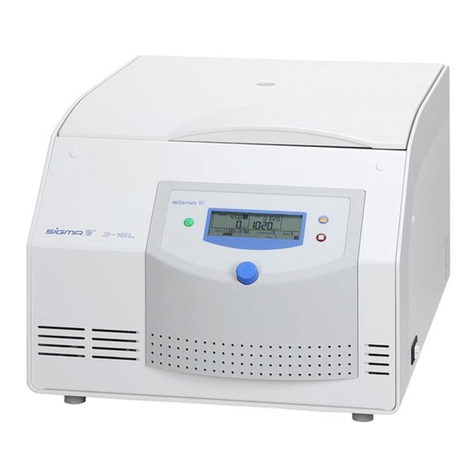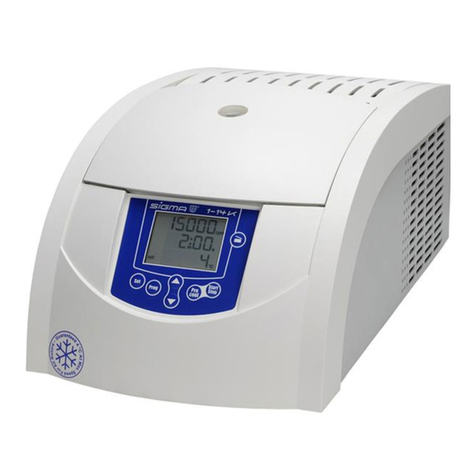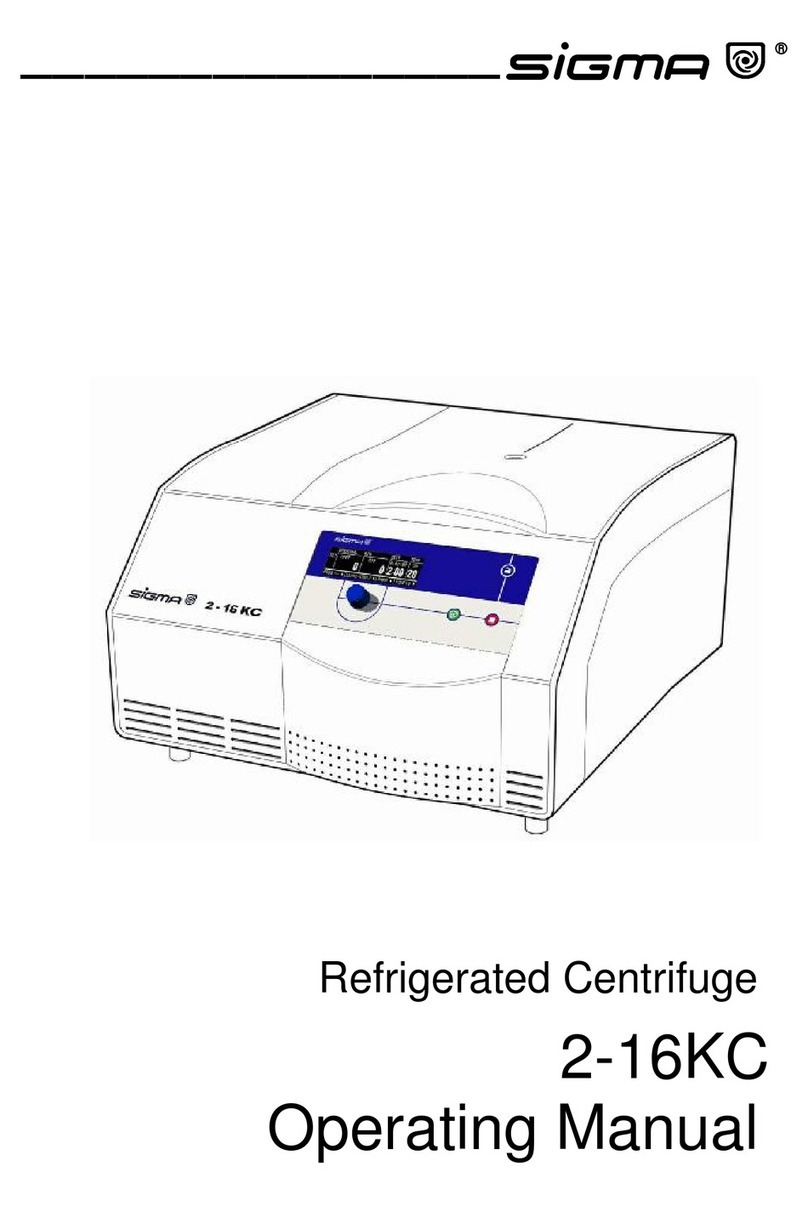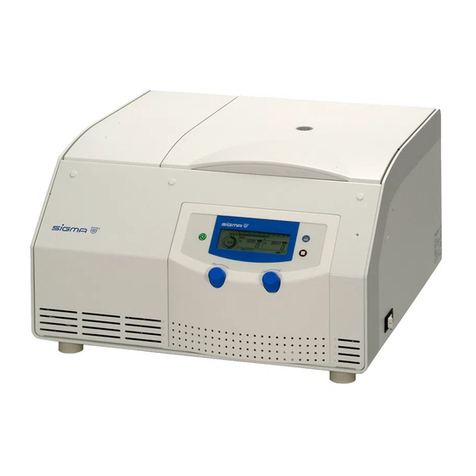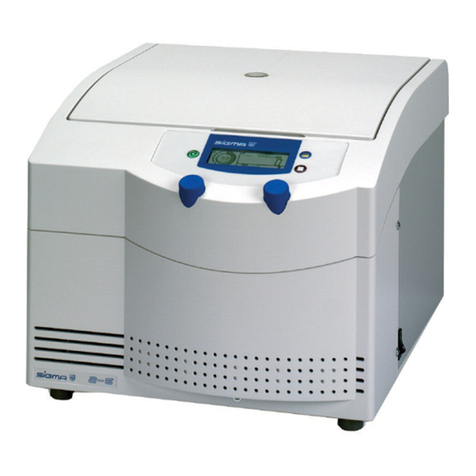1General information.............................................................................................................9
1.1 Importance of the operating manual..................................................................................9
1.2 Intended use.....................................................................................................................9
1.3 Warranty and liability.........................................................................................................9
1.4 Copyright........................................................................................................................10
1.5 Standards and regulations..............................................................................................10
1.6 Scope of supply..............................................................................................................10
2Layout and mode of operation..........................................................................................11
2.1 Layout of the centrifuge ..................................................................................................11
2.1.1 Functional and operating elements............................................................................11
2.1.2 Name plate................................................................................................................13
2.2 Mode of operation...........................................................................................................14
2.2.1 Centrifugation principle..............................................................................................14
2.2.2 Area of application.....................................................................................................14
2.2.2.1 Speed, radius, and relative centrifugal force ......................................................15
2.2.2.2 Density...............................................................................................................15
3Safety..................................................................................................................................16
3.1 Marking of the unit..........................................................................................................16
3.2 Explanation of the symbols and notes.............................................................................17
3.3 Responsibility of the operator..........................................................................................18
3.4 Requirements concerning the personnel.........................................................................19
3.5 Informal safety instructions .............................................................................................20
3.6 Safety instructions ..........................................................................................................21
3.6.1 Electrical safety .........................................................................................................21
3.6.2 Mechanical safety......................................................................................................21
3.6.3 Fire prevention...........................................................................................................22
3.6.4 Chemical and biological safety ..................................................................................22
3.6.5 Safety instructions for centrifugation..........................................................................23
3.6.6 Resistance of plastics................................................................................................23
3.6.7 Service life (for centrifuges according to Machinery Directive)...................................24
3.6.8 Service life (for centrifuges according to the IVD regulation)......................................25
3.6.9 Safety of rotors and accessories................................................................................26
3.6.9.1 Marking..............................................................................................................26
3.7 Safety devices ................................................................................................................27
3.7.1 Lid lock device...........................................................................................................27
3.7.2 Standstill monitoring system......................................................................................27
3.7.3 System check............................................................................................................27
3.7.4 Earth conductor check...............................................................................................27
3.7.5 Imbalance monitoring system....................................................................................27
3.7.6 Temperature monitoring system ................................................................................27
3.7.7 Rotor monitoring system............................................................................................27
3.8 Measures in the event of hazards and accidents ............................................................28
3.9 Remaining hazards.........................................................................................................28
